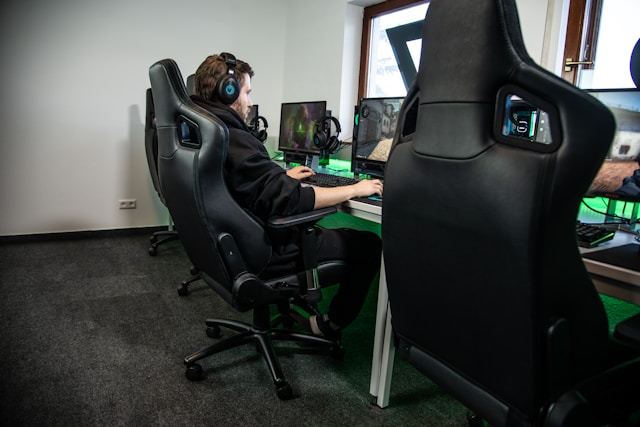Augmented Reality (AR) is quickly becoming a game-changer across various industries, and the live casino segment is no exception. Unlike virtual reality, which creates a fully immersive digital world, AR overlays virtual elements onto the real world, blending the physical and digital seamlessly. In live casino environments, AR can significantly enhance user engagement, gameplay depth, and interactive features—while preserving the realism and atmosphere that players crave. As AR technology becomes more accessible through smartphones, tablets, and wearable devices, its potential to reshape the future of live casinos is vast and highly promising.
Interactive Gaming Interfaces
One of the most impactful ways AR will transform live casinos is by upgrading the user interface. Instead of static betting screens or plain displays, players will interact with dynamic 3D visuals superimposed on their environment. For example, placing bets could involve dragging and dropping virtual chips onto a digital table projected through your device. Stats, payouts, or even player profiles could float around the table in real time, offering instant access to important information without disrupting gameplay. These immersive overlays make the experience more intuitive and engaging. Rather than switching between tabs or menus, everything you need could be visualized in your physical space, making for a more fluid and enriched live casino experience.
Real-Time Data Visualization

AR will make it easier for players to digest complex game data while playing live games. Whether it’s blackjack, roulette, or baccarat, there’s always a need to track odds, house edge, recent outcomes, or betting history. With AR, players can visualize this data in real time—perhaps as floating graphs or highlights above cards and chips. In live dealer games, this could include projections of betting trends, heat maps showing popular number picks, or even predictive analytics based on game flow. This contextual data can help players make more informed decisions without taking their eyes off the game. By turning raw information into visual assets, AR gives both casual and experienced gamblers a strategic edge while keeping the interface sleek and user-friendly.
Enhanced Social Interaction and Dealer Engagement
Live casinos aim to replicate the social dynamics of land-based venues, and AR can take that a step further. With AR, players could view virtual avatars of other players positioned around the table, creating a shared space that feels more authentic and communal. Voice or gesture-based interaction could be layered on top, allowing for virtual high-fives, facial expressions, or dealer nods—all while maintaining real-world physical surroundings. Dealers could also appear enhanced with AR effects, like animated gestures when dealing cards or immersive visual cues during bonus rounds. This type of engagement keeps the energy high and reduces the sense of isolation that sometimes comes with online gambling. The end result is a hybrid experience that combines the accessibility of online play with the social feel of brick-and-mortar casinos.
Customizable Player Environments

AR also offers a new level of personalization for live casino players. Instead of being confined to a standard visual setting, users could choose themes, backgrounds, or even seating arrangements. Imagine watching a live roulette game while the table appears on your living room floor, or selecting a futuristic poker room skin that overlays your current space. These customizable environments cater to player preferences and increase immersion without requiring bulky equipment. Some platforms may even allow players to bookmark specific AR layouts or share custom table designs with friends. With personalization options extending beyond avatars and chips, AR gives users more control over how they experience live gaming—turning every session into a unique, tailored event.
The Future of AR Integration in Online Gambling
As AR-capable devices become more affordable and mainstream, gambling platforms will likely begin incorporating AR features as part of their standard offerings. We may see AR-enhanced live casino lobbies, tutorial overlays for beginners, or even AR-powered loyalty rewards displayed in a player’s home environment. However, the success of AR in live casinos will depend on usability, device compatibility, and player demand. Early adopters are likely to be younger audiences who value tech-driven interactivity, while traditional players may follow as the technology becomes more seamless. Overall, AR represents a significant step forward in bridging physical reality with digital entertainment in a way that feels natural, responsive, and deeply immersive.
